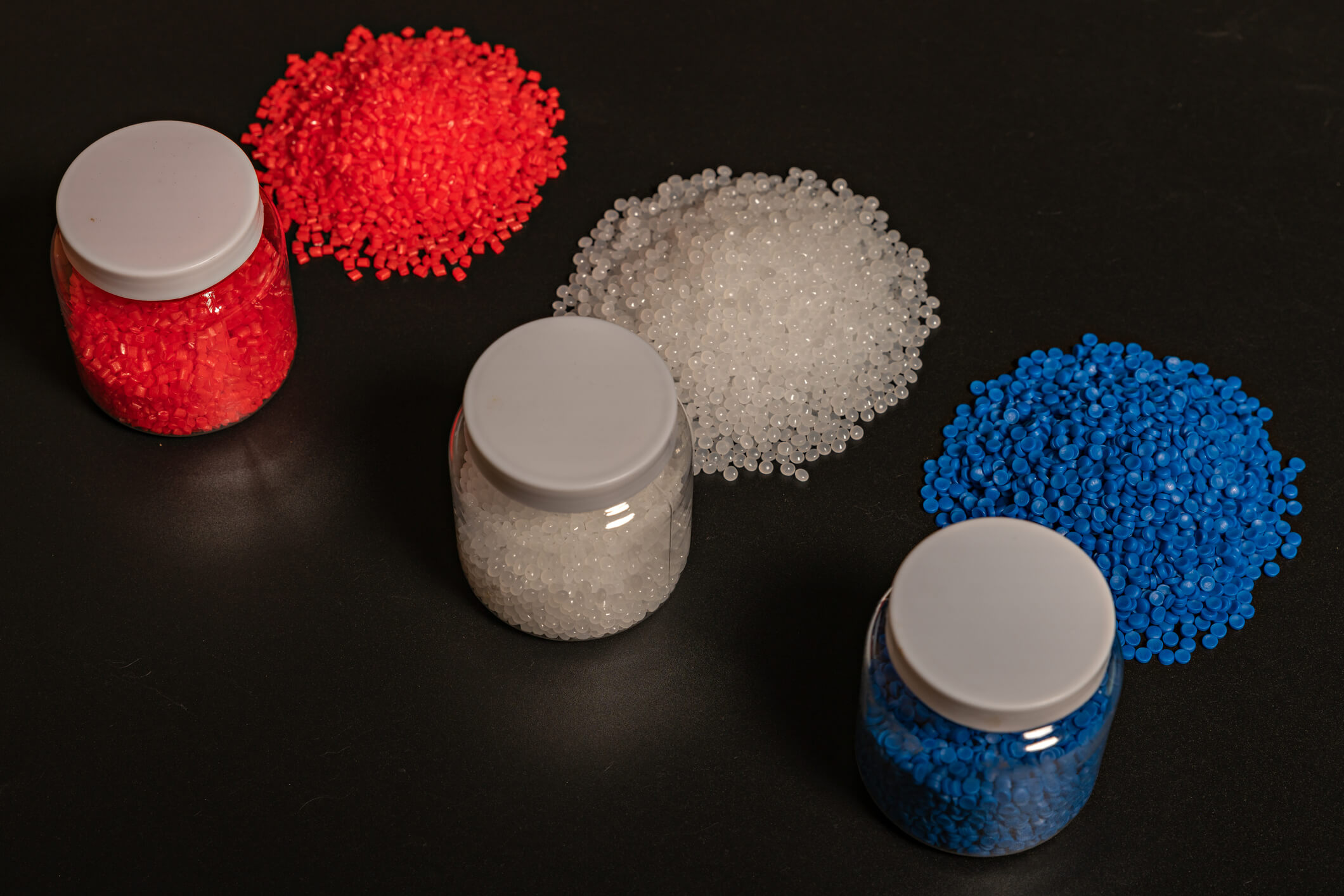When choosing between two types of corrugated plastics — HDPE vs. polypropylene — it pays to look beyond the upfront costs. Though one may be less expensive than the other, opting for lesser quality will eventually catch up with you. If you’re replacing it more frequently because your less-expensive material can’t stand up to the rigors of the job — puncturing, cracking and breaking — you’ll spend more in the long term. That’s counterproductive if your goal is to reduce waste with reusable material.The following is a retrospective of the numerous occasions in 2023 when the Liberty team stepped up for a worthy cause.
Liberty Plastics is here to help you escape the replacement churn. Our material Wave-Core is made entirely of HDPE plastic and we can customize it for the level of the durability, strength and flexibility your application demands. Read on to learn how Wave-Core outlasts and outperforms polypropylene. As we examine the various properties of the two materials, you’ll see how Wave-Core achieves exceptional ROI.
HDPE vs PP: The molecular differences
High-density polyethylene (HDPE) is the polymerization of ethylene molecules. The liner polymer chains lends it a dense molecular structure, at a higher molecular weight compared to PP. It’s higher mass per unit volume lends HDPE its ruggedness and durability. Its linear structure also provides HDPE a high level of crystallinity, enhancing its mechanical properties.
Polypropylene (PP) is created by the polymerization of propylene molecules. But what’s important to understand is that not all polypropylene is alike.
Unlike HDPE, PP can be configured into one of three molecular structures — atactic, isotactic or syndiotactic. Each structure gives the material different properties to achieve the performance the application demands..
- Tensile strength and stiffness: isotactic PP
- Flexibility: atactic PP
- Heat resistance: syndiotactic PP and isotactic PP
HDPE vs PP: Comparing core properties
So PP can be configured to achieve specific properties. That raises an important question: Would any of PP’s configurations outperform HDPE plastic and Wave-Core? Let’s break it down.
Tensile strength
Because of its dense molecular structure, HDPE emerges with a higher tensile strength than that of PP — surpassing that of even isotactic PP. Wave-Core resists pulling forces and deformation, making it better suited for machine interface, materials handling, protective packaging and other demanding applications.
Flexibility
For plastic that flexes and rolls, atactic PP provides reusable, water-resistant packaging. However, the molecular structure that makes it flexible also reduces its strength. That comes from the random arrangement of its polymer chains. Compared to more rigid configurations, flexible PP isn’t as resilient and durable, which is a downside when used for shipping, handling and other high-impact uses.
Wave-Core can also be formulated to flex and roll. Because it retains its dense molecular structure, Wave-Core has exceptional impact strength and durability. Compared to PP, Wave-Core offers multidimensional protection.
Thermal properties
PP’s advantage over other plastics is its ability to withstand higher temperatures. However, HDPE boasts a higher melting point than PP, outlasting it when the conditions become heated.
Recyclability
If waste reduction is a priority, Wave-Core’s long lifespan makes it a more attractive option over PP. Beyond that, HPDE is 100% recyclable and is most commonly recycled material, meaning your waste reduction efforts can easily be carried out in virtually any location.
Let us design your solution
Whether you're ready for a quote or researching your options, we're here to help. Contact us to learn more about flexible solutions with Wave-Core.
< GO BACK | NEXT POST >